January is the time for sowing crops that have a long growing season. Before sowing, it is worth finding out what exactly you should start growing at the beginning or end of the month. It is also worth reviewing the seeds that were left over from last year, checking the expiration dates, and purchasing fresh ones if necessary. It should be noted that each type of plant requires a certain level of humidity, additional lighting, and space in order to place containers with grown plants in March or April. January sowing brings good results, but it is very labor-intensive.
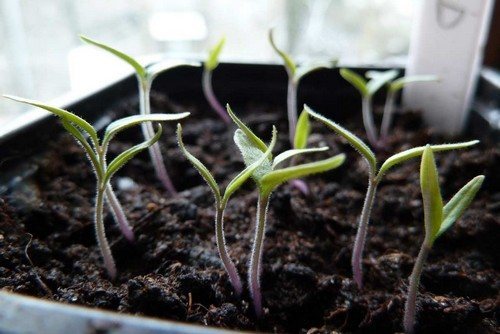
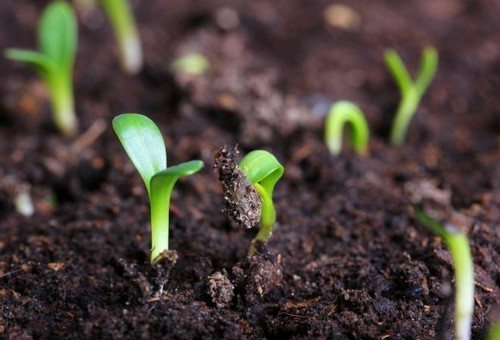
Advantages of early sowing of seeds in the soil
- In this way, you can get a harvest from the rarest plants that are not adapted to the conditions of the middle zone.
- Early sowing makes it possible to obtain healthy and strong seedlings that are not afraid of various infections.
- Seeds sown in January will produce an early harvest or bloom ahead of schedule.
- Growing seedlings with your own hands contributes to significant cost savings.
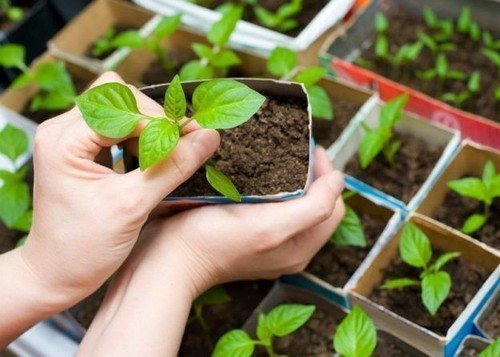
Crops to sow in January
At the beginning of the year, bell peppers and eggplants begin to be sown first. This especially applies to late varieties. Pepper seeds take a very long time to germinate, and to speed up the process it is worth placing the container with future seedlings in a warm place. One of the secrets to successfully growing these crops is getting enough sunlight. Trays with seedlings should be placed on windows facing south.As soon as possible, it is worth taking the seedlings out into the open sun. The volume of the future harvest depends on this. If seedlings bloom in containers, the flowers must be removed. Pepper does not tolerate transplantation well, and it is better not to pick it.
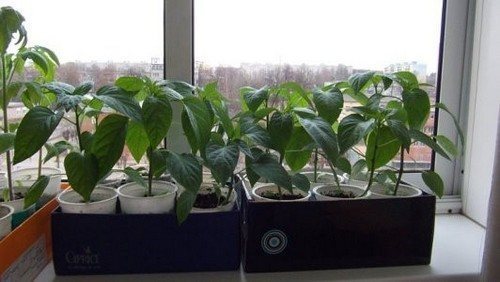
Tomatoes are also sown in January. You can use varieties for greenhouses and open ground. It is better to sow early varieties, they will produce a harvest very quickly. Medium and late ones should be sown in February or March, otherwise the fruits will ripen too quickly, and in September there will be only dry stems in the beds.

Potatoes are sown in the first month of the year. This crop has a long growing season, and in order to obtain adequate planting material, early sowing is a mandatory step. Potatoes are sown in peat tablets or separate containers. The germination period of this crop is 7 days. Sprouts need lighting.
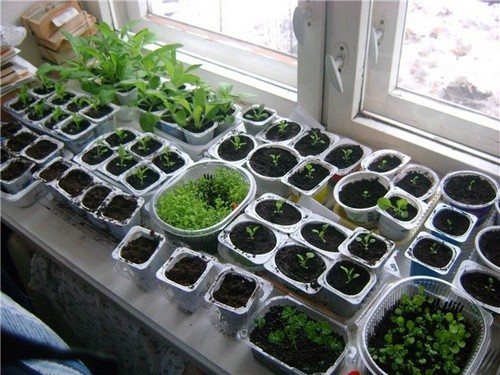
Also at the beginning of the year is the time to sow celery, leeks, and onions. Varieties such as Chalcedony, Globo or Russian size reach very large sizes when planted early, but the bulbs have a very short shelf life.
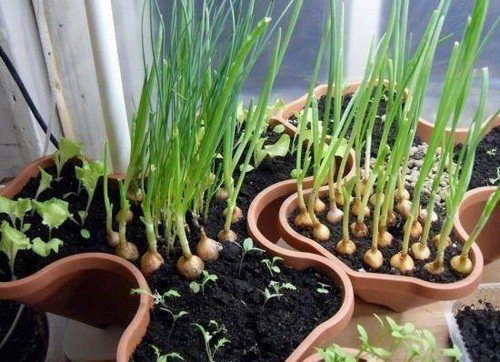
In January, white cabbage or cauliflower can be sown for seedlings. Also at this time, more decorative varieties of flowers and strawberries are sown. This includes planting various bulbs that bloom for Women’s Day. Crocuses, hyacinths, daffodils and tulips can be grown this way.
If ordinary soil from a garden bed is used for seedlings, it must be calcined or doused with boiling water.This will make it possible to destroy most of the pests.
What to consider before starting sowing
Each package of seeds contains information about the most optimal sowing time. But these data are suitable for ideal climatic conditions. The climate in each region makes its own adjustments. Before sowing, it is important to consider the following points:
- how long does it take for seeds to sprout?
- how long is the growing season of a particular variety;
- when it is necessary to pick up the seedlings and plant them in a permanent place;
- how much light and heat a certain plant needs;
- harvest time.
In January there are often severe frosts, and to protect young shoots it is worth setting up a mini-greenhouse. To avoid mold, the film or glass is periodically removed and the container is ventilated.
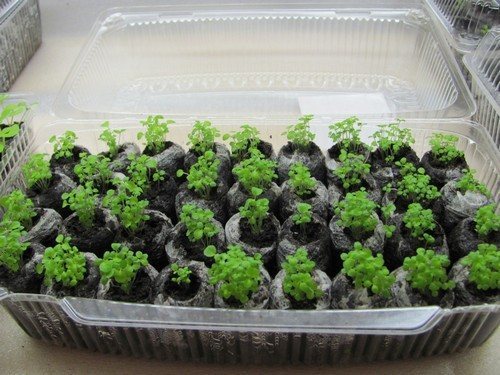
Features of growing some crops
To grow bell peppers, you should prepare a special soil mixture. You need to take humus and sand in equal parts and mix with a small amount of ash. Before sowing peppers, warm the soil a little. The seedlings are watered with warm water or a weak solution of potassium permanganate.
- Lobelia and petunia are not sprinkled with soil, but lightly sprayed with a spray bottle.
- Shabot clove seeds should be located at a depth of up to 3 cm.
- Begonia and impatiens must be placed on the surface of the soil, otherwise the seeds will not germinate.
- Flower seedlings need lighting.
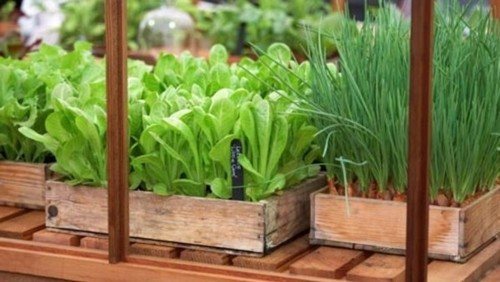
Secrets of successful seed germination
To speed up germination, a snowball is placed on the soil mixture, and the seeds are placed on top.The pots are placed on the refrigerator shelf for about a day or two. Snow, which melts very slowly, pulls the grains deep into the soil. After 48 hours, the containers are placed in a warm and bright place.
Sometimes seeds can sprout after 40 days. The soil in the container should be kept moist at all times. After the plants sprout and produce the third or fourth leaf, it is worth picking.
All vegetable crops have certain dates for planting in open ground. If overgrowth is allowed, the seedlings are very difficult to accept and produce a low yield. To avoid overgrowth, it is worth keeping containers with vegetable crops in a cool, bright room.
In order to maintain high yields, seedlings should be hardened off. Such plants are not afraid of early frosts and adapt faster to an open garden.
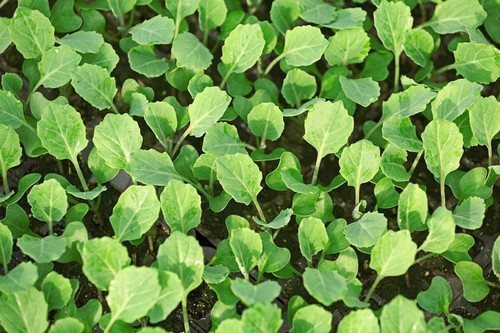
Correctly calculating sowing dates
First of all, the possibility of planting seedlings in a garden bed or in a greenhouse is calculated. To do this, it is worth analyzing the timing of planting in past years. It is also worth considering days when you can pick and transport plants.
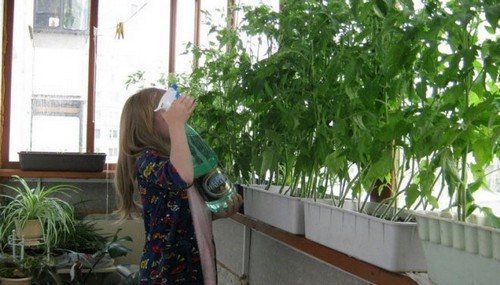
After this, you should take a calendar and calculate the date in the opposite direction. If picking is planned, then it is worth adding about five days to this date - it is during this period that young plants adapt to new conditions. It also takes some time for the seeds to germinate.

Seedlings sown in January and grown in compliance with the necessary conditions will give a good and early harvest. But to achieve results, you need to devote a lot of time and effort to the crops.It is necessary to ensure timely watering, lighting, and temperature. Also, do not forget about pests that may be in the soil.


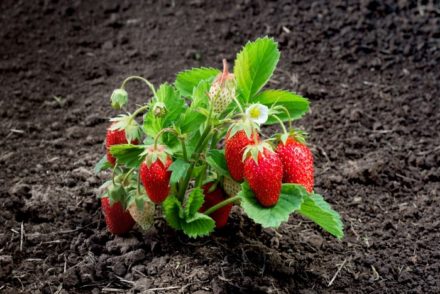
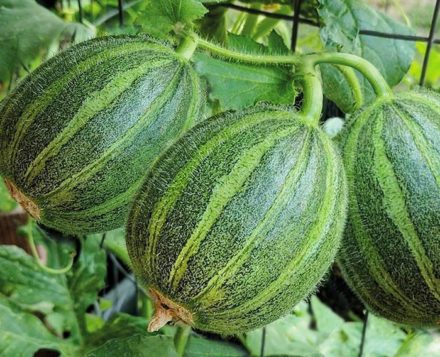


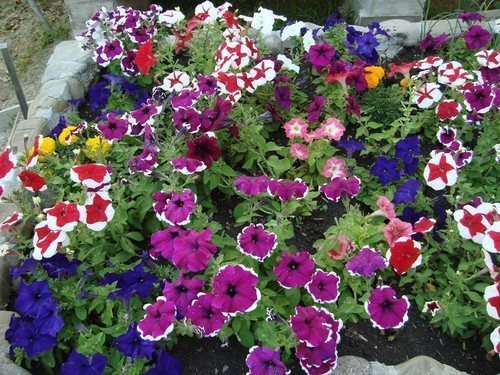
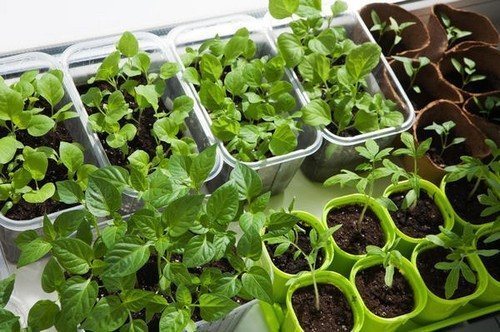
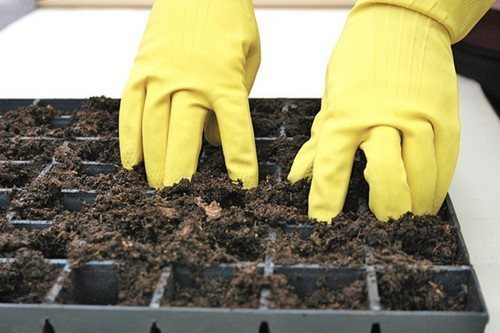
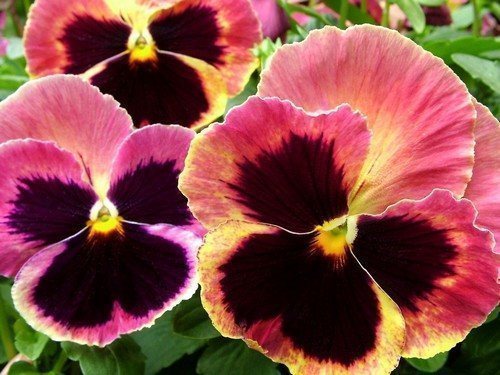
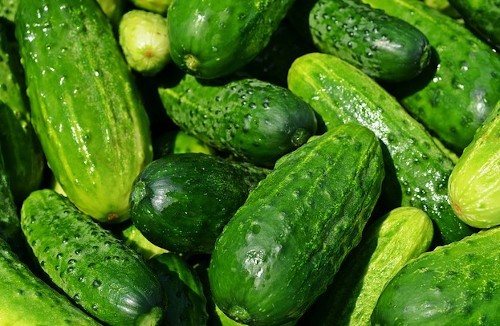
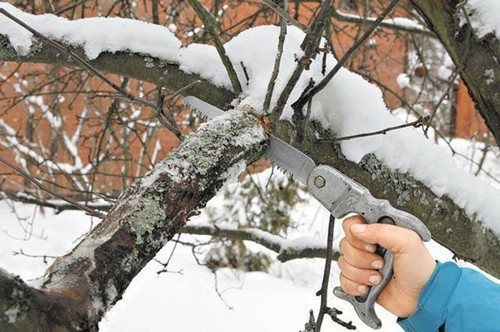
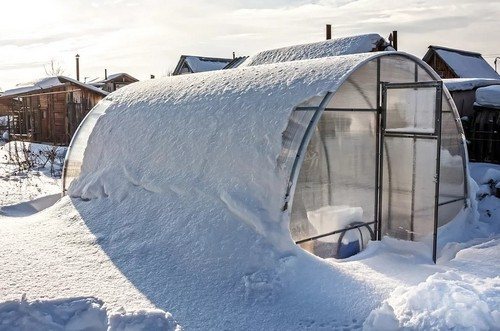
Thanks for such valuable information!